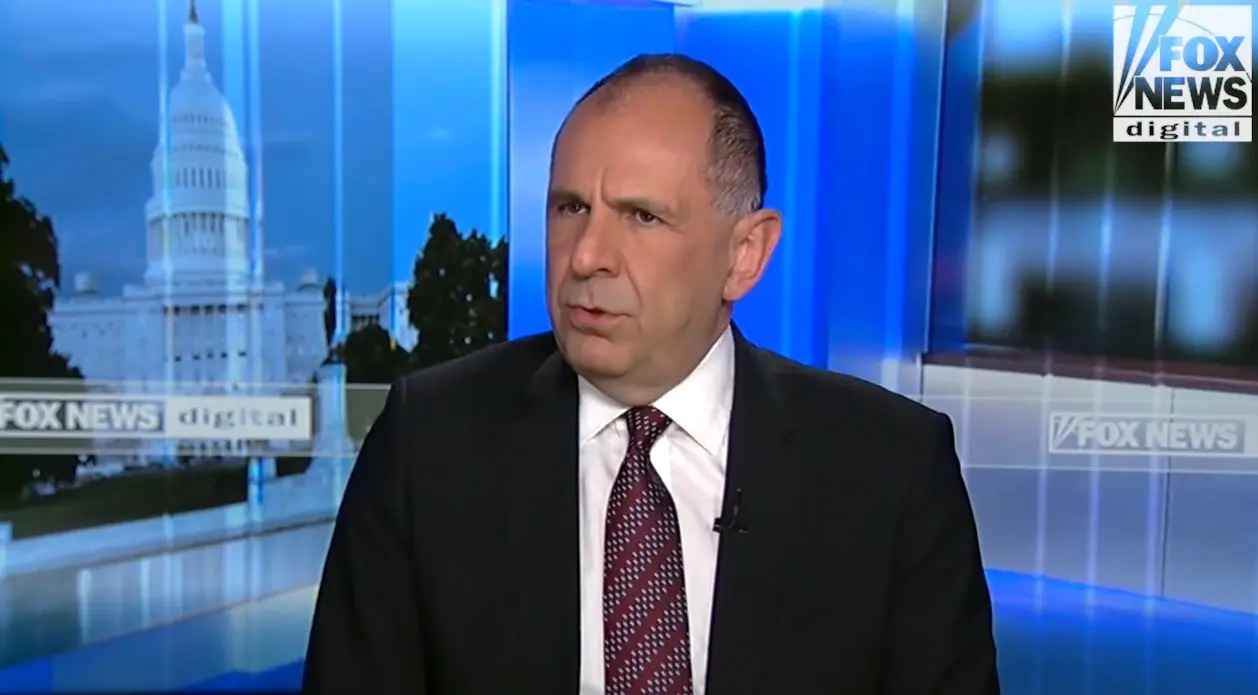The global fire sprinkler system market is projected to grow significantly from USD 14.6 billion in 2025 to USD 24.5 billion by 2035, with a compound annual growth rate (CAGR) of 5.3%. Several factors drive this growth, including the expansion of the commercial construction sector, a rising preference for automated fire protection solutions, and stringent code compliance requirements in building developments. Fire sprinkler systems are recognized for their superior fire suppression capabilities and reliable automated activation, making them essential in various settings, such as office buildings, manufacturing facilities, residential complexes, and warehouses.
Wet pipe sprinkler systems dominate the market due to their reliability, cost-effective installation, and compatibility with standard building water supplies. Alternatives like dry pipe and pre-action systems cater to specialized needs, particularly in freezing environments. Commercial buildings account for the largest application, capturing 45% of demand, followed by residential constructions, where developers increasingly adopt fire safety compliance programs.
Geographically, North America leads the market, particularly the USA and Canada, driven by strict fire safety codes and modernization efforts. The Asia Pacific region exhibits substantial growth potential, attributed to urbanization trends and evolving construction safety regulations. The competitive landscape features moderate competition, with major players including Tyco International, Victaulic Company, and Johnson Controls. These companies focus on enhancing system reliability, improving installation efficiency, and providing maintenance services to bolster their market positions.
Stakeholders face several challenges, including coordinating supply chains with multiple components, ensuring compliance with local fire codes, and managing corrosion control in sprinkler systems. Quality control remains an issue, particularly in integrating sprinkler systems with existing infrastructures. Furthermore, maintenance and inspection service requirements can deter property owners due to perceived costs and false activation concerns related to water damage.
The market also shows promising future trends, including the surge of connected and smart sprinkler systems that utilize IoT for predictive maintenance and real-time monitoring. These advancements aim to enhance operational efficiency and compliance with safety regulations, while alternative suppression methods, like water-mist and clean agents, are gaining traction for their effectiveness in protecting sensitive equipment and minimizing water usage.
Regional dynamics illustrate varied growth rates, with India (5.8%) and China (5.6%) leading the charge through urbanization and commercial development initiatives. The United States shows a steadfast growth rate of 5.5%, focusing on smart systems and retrofit opportunities, while South Korea (5.4%) concentrates on data centers and manufacturing applications. The UK maintains a 5.1% growth through residential retrofits driven by evolving safety regulations.
Overall, the fire sprinkler system market is poised for considerable growth, spurred by technological advancements, regulatory pressures for safety compliance, and evolving construction practices that prioritize effective fire safety measures.
Source link



